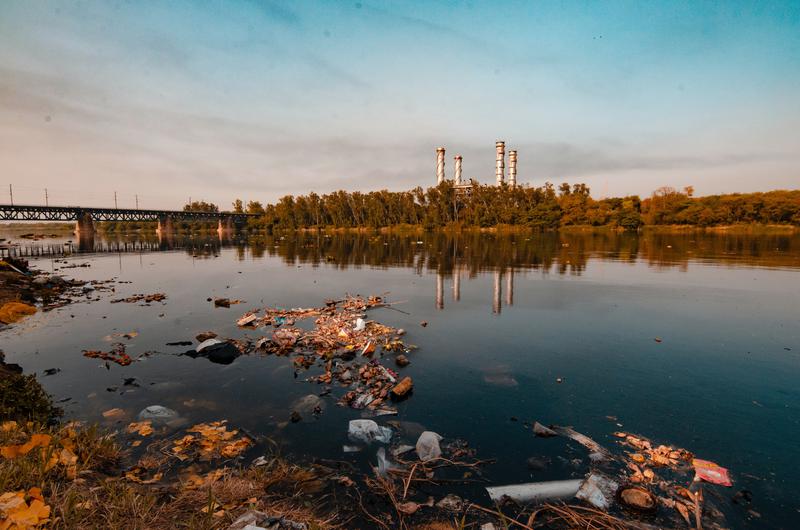by Tara Friedman
August 2 , 2022
Tara Friedman currently resides in Eastern Pennsylvania with her husband and family. When not writing or teaching, she is happily immersed in a variety of outdoor activities. She proudly serves as English faculty at Widener University in Chester, Pennsylvania. While she presented and published on critical thinking and writing center theory and pedagogy, her current research focuses on resilience in children and young adults, literature and the environment, and American humor.
Groundglass by Kathryn Savage; Coffee House Press; 240 pages; $16.95
Kathryn Savage studies the intersections of body and environment in her devastatingly beautiful topography Groundglass. The hybrid work, part essay, memoir, and manifesto, is not for the faint of heart: it takes courage to pay attention to and comprehend “the complexity of all of us living on this polluted edge.” Savage utilizes her experiences living on a contaminated aquifer in Minnesota to explore the multifaceted catastrophes linking environmental toxins to bodily diseases. The power of this work lies in Savage’s moments of introspection, brief pauses in her investigative reporting, allowing space for intertwined memory and experience to help guide thought, accountability, and action within the bodies, communities, and ecosystems we inhabit.
The tone and telling of Groundglass – at times as opaque as the title suggests – may deter the casual reader. Savage’s comprehensive investigations often slip into academic rhetoric, including an exhaustive notes section, perhaps in an effort to demystify fact from fiction when it comes to the oft-ambiguous links between environmental toxins and human health. In addition, while environmental justice is touched upon through topics of race and gentrification, these correspondences, specifically dissecting the North Birmingham Superfund Site in Alabama, are limited and at times muddled. In one such correspondence, resident Keisha Brown questions, “Why are we overlooked so much? Is it because we’re a Black community? . . . It’s like they used our neighborhood as a dumping site. We’re like the city dump out here. They say this is a site of cleanup, but you can’t clean up what’s constantly coming down. I don’t understand that logic.” Savage’s wonderings on environmental justice seemingly lack focus here, although providing singular solutions to complex problems would be naïve at best.
In a recent 6-3 decision, the U.S. Supreme Court ruled the 2014 Clean Power Plan went beyond the Environmental Protection Agency’s regulatory reach. The plan established state guidelines to limit carbon dioxide emissions from existing power plants and pushed to move away from coal to cleaner forms of electricity production. The ruling further endowed Congress authorization to regulate federal agency’s efforts to fight climate change. After reading Groundglass, the decision felt like a sucker punch to the abdomen. While Savage’s work of frustrated beauty provides few answers, it leaves open an opaque possibility where “symbiosis and mutual aid” should be the human and ecological default. In the beginning of the novel, Savage shares a replayed memory of her father demoing and remodeling certain parts of their house: solar panels, a garage addition, a sliding glass door. He would get an idea in his head, then find parts to make the project work. “‘Learn how to build this,” was his advice. As the world seemingly falls apart around us, in the midst of congressional chaos, industrial pollution, land and water contamination, bodily disease, and necessary reparations, Savage’s work demands we take heed and have courage, and with imagination and introspection, ‘learn how to build’ again.
©2022 West Trade Review
__________________________________________________________________________________________________________________________________________________________________________
__________________________________________________________________________________________________________________________________________________________________________
__________________________________________________________________________________________________________________________________________________________________________
__________________________________________________________________________________________________________________________________________________________________________
__________________________________________________________________________________________________________________________________________________________________________
"How to Love this World?": Body, Community, and Environmental Crisis in Kathryn Savage’s Groundglass
NONFICTION REVIEW
Stay Connected to Our Literary Community. Subscribe to Our Newsletter




